By Marie LeJeune & Tracy Smiles, Western Oregon University
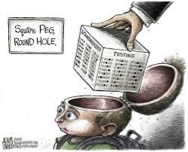 Assessment literacy- (Gallagher & Turley): [teachers’] deep understanding of why they assess, when they assess, and how they assess in ways that positively impact student learning. In addition, successful teacher assessors view assessment through an inquiry lens, using varying assessments to learn from and with their students in order to adjust classroom practices accordingly. Together these two qualities—a deep knowledge of assessment and an inquiry approach to assessment — create a particular stance toward assessment. (NCTE, 2013).
Assessment literacy- (Gallagher & Turley): [teachers’] deep understanding of why they assess, when they assess, and how they assess in ways that positively impact student learning. In addition, successful teacher assessors view assessment through an inquiry lens, using varying assessments to learn from and with their students in order to adjust classroom practices accordingly. Together these two qualities—a deep knowledge of assessment and an inquiry approach to assessment — create a particular stance toward assessment. (NCTE, 2013).
For the month of March we have presented reasons for pushing back against high stakes testing, and offered examples of how citizens comprised of teachers, parents, and community organizers are, through grassroots movements, resisting these punitive, and often harmful assessment practices. Continue reading


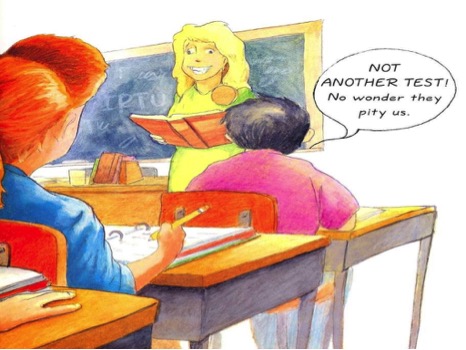
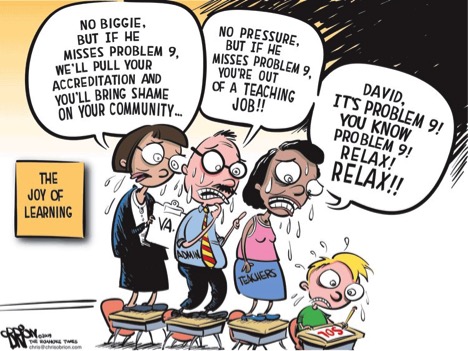
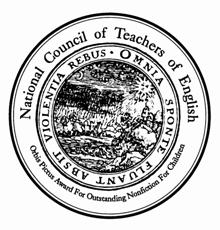
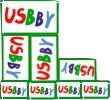
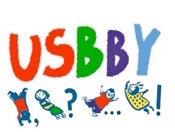
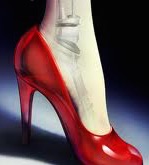
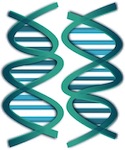
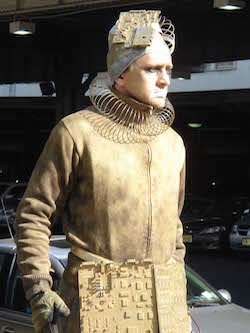
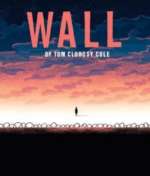 Language binds the past to the present. With the advent of high-tech, wireless devices that is even more evident as people interact in new and unique ways reflecting rapid evolution in language. New words are born every day while other words slip into obscurity. In many ways, everyday language becomes a “fashion” as it mirrors social changes, trends, and contemporary issues. Historically linked language became really evident to me some weeks ago when I was watching a Korean reality show. An actor in his late 40’s used the word “Soviet” in place of Russia. When hearing this, other participants teased him as a veteran of the Ice Age.
Language binds the past to the present. With the advent of high-tech, wireless devices that is even more evident as people interact in new and unique ways reflecting rapid evolution in language. New words are born every day while other words slip into obscurity. In many ways, everyday language becomes a “fashion” as it mirrors social changes, trends, and contemporary issues. Historically linked language became really evident to me some weeks ago when I was watching a Korean reality show. An actor in his late 40’s used the word “Soviet” in place of Russia. When hearing this, other participants teased him as a veteran of the Ice Age.